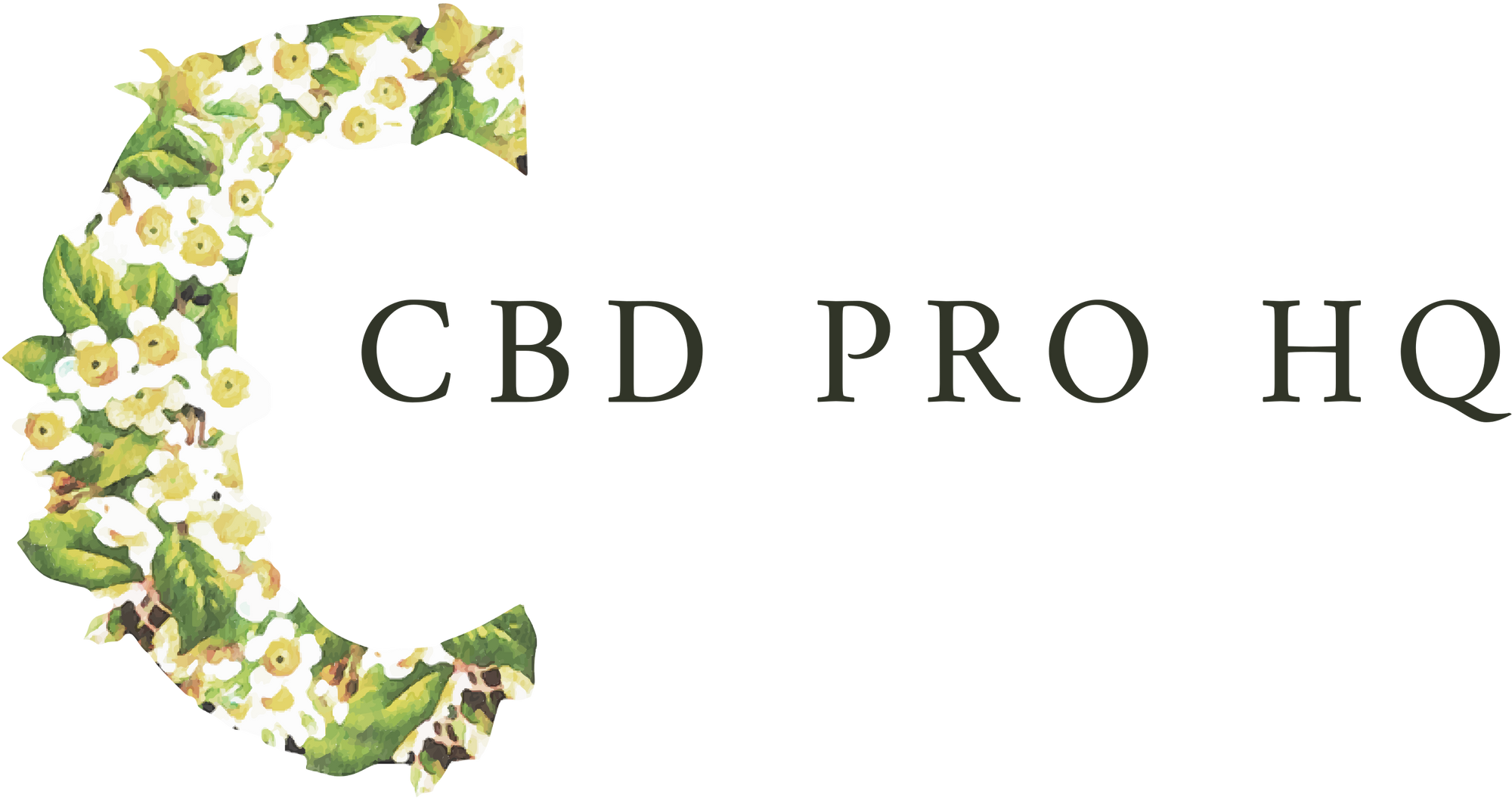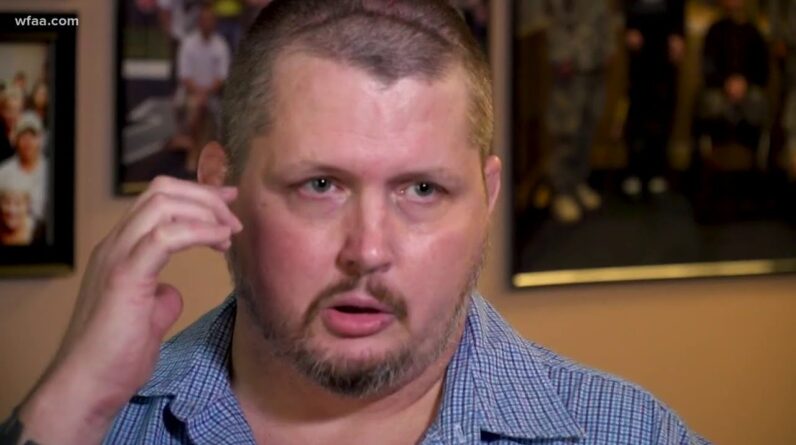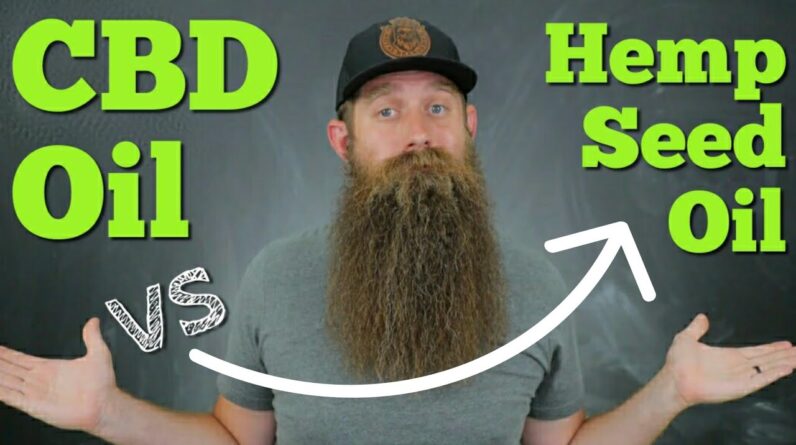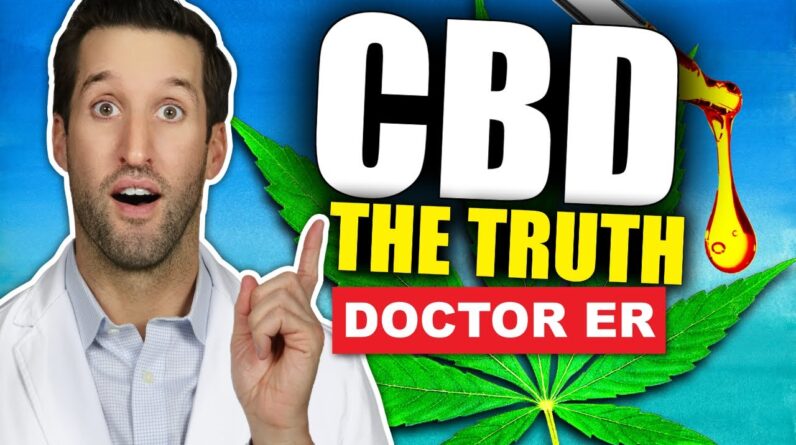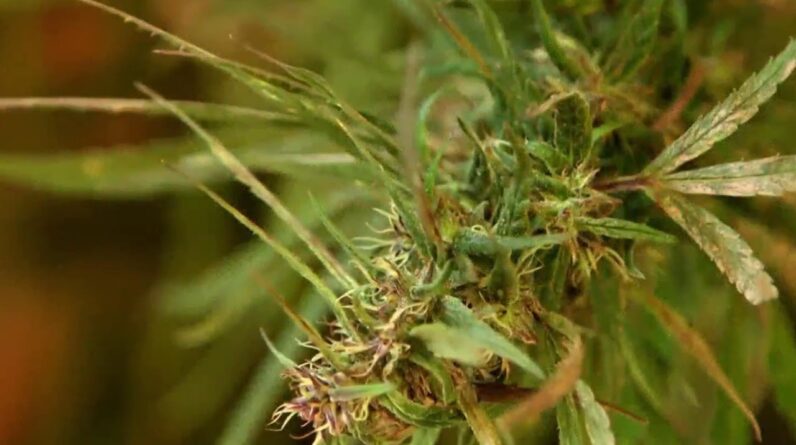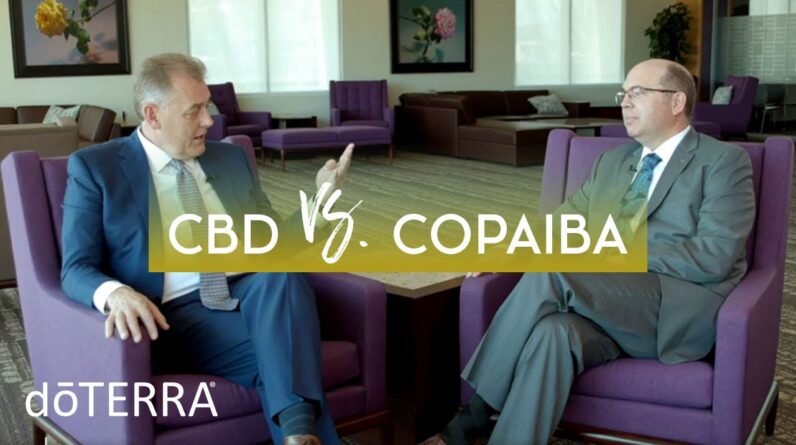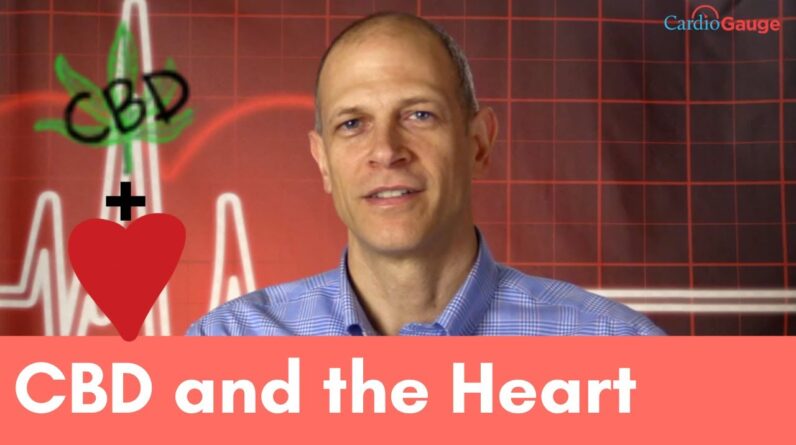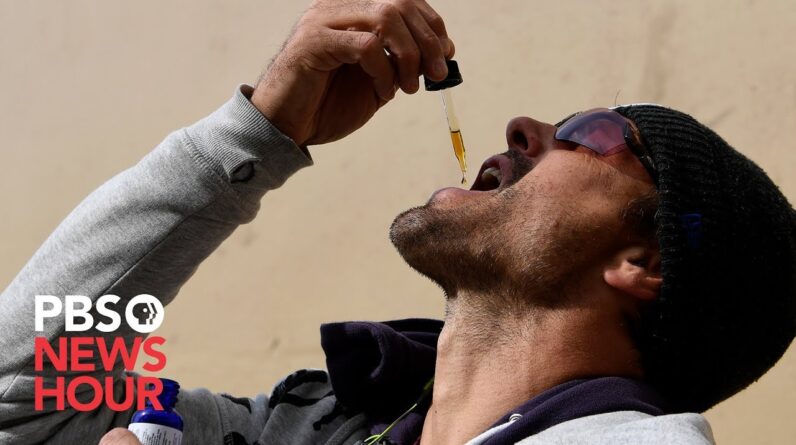
You can walk into a coffee shop,
a massage spa or even a doggie daycare — and walk out with something infused with CBD. This cannabis compound, which some claim can
help with pain, anxiety or other ailments, has sparked a gold…
a “green” rush in the U.S. Sales for CBD — or cannabidiol as it’s
called — are expected to grow from $1 billion to $20 billion within the next three years. But if you don’t do your homework, those
lotions or lattes could land you in deep trouble — EVEN in places where medical or recreational
weed is legal — AND EVEN THOUGH the 2018 Farm Bill removed restrictions from CBD
if it’s derived from hemp plants. I mean just look at the confusion that remains
among federal agencies: As of early July 2019, the U.S. Department of
Agriculture says states can’t block the trade of hemp plants. But if you sell CBD from those same plants
in any health or food products, the Food and Drug Administration could technically come after you for violating interstate commerce laws.
And don’t even get me started
on state cannabis laws. Finding legal CBD is way
harder than you think, so we packed our bags and headed back to school. Namely, to the University of Connecticut. In January, UConn launched the nation’s
only college course that gives hands-on experience with growing cannabis plants. Graduate student Peter Apicella and research
grower Shelley Durocher showed us around their greenhouse…. The stems are really purple. It's a nice tall upright plant. The leaflets are very narrow on each individual leaf. The class only grows hemp, which is like marijuana’s straight-edge twin.
All cannabis varieties, including hemp and
marijuna, fall under one species: Cannabis sativa. The main difference is marijuana makes high
quantities of THC, tetrahydrocannabinol — which is federally illegal. Industrial hemp, under federal law, shouldn’t
contain more than 0.3 percent THC — but plants aren’t very good at following guidelines. So even within hemp cultivars, there's a lot
of variation as far as the morphology of the leaves. that's where you start to see some
of the variability and different levels of THC and CBDs. A hemp crop can start off making only CBD — and then unwittingly turn into a
THC-laden field of marijuana. That’s right: a hemp crop can become marijunana! And if your CBD comes from a marijuana plant,
selling it and buying it is a federal crime.
That’s why under the 2018 farm bill, hemp
farms must submit to state or federal inspections. These mixups are created by the basic biology
behind THC and CBD, which are both cannabinoids. Cannabinoids are plants oils, and cannabis comes packed with
more than 100 versions of them Scientists suspect cannabinoids protect the
plant from UV rays, much like sunscreen does for the human skin They think that because up to a quarter of
a cannabis plant’s weight can be just cannabinoids — and cannabinoid levels change with light exposure. You'll have more cannabinoids with more light. At the top of the plant, you'd get more cannabinoids compared to flowers
that are at the lower end of the plant. A cannabinoid starts out as a bit of sugar that hitchhikes around the plants’ enzymes, changing its identity, bit by bit, with each ride. Eventually this wandering sugar can bum a
ride from one of two enzymes: THC-a synthase or CBD-a synthase. One ride leads to becoming THC. The other to CBD. Except in hemp, THC synthase is genetically
dormant That’s why hemp plants can make loads of
CBD and little to no THC…
…a habit that will continue as long as the plants don’t pollinate each other. When the plants DO reproduce, their traits
mix — and those once dormant genes can suddenly be replaced with active ones. Studies have found if two hemp plants that purely make CBD hook up, most of their offspring will be able to make THC. In fact, some of those seedlings will ONLY
make THC. Any biological organism is going to fluctuate
and that's something like farmers are always and growers are always really concerned about
— that fluctuation. If an inspection catches marijuana in a hemp
field, then a whole crop could be lost. That’s why UConn’s cannabis class only
grows female hemp plants. This is a preflower and it's a very small pistil.
Since it's this little tiny white hair we
know pretty certainly that it's a female. and they’re all clones. You snip a part of a plant off you put it
in soil with a little rooting hormone and that cutting is actually genetically identical
to that first mother plant that you took from. And so these are all genetically identical
to one of the mother plants we have in here. Keeping a greenhouse all-female is easy, but
it’s a different story growing hemp outdoors. Cannabis is abundant in the wild — meaning
an outdoor hemp field is one gust of pollen away from accidentally breeding marijuana. So before you buy, ask the store how its extracts
were made and if they were validated by a third-party tester. That’s important because extracting CBD
or THC from cannabis plants is essentially the same process. If your supplier does it incorrectly, your
CBD bottle might carry a little surprise. It happens all the time. Sometimes there is CBD. A lot of times, there's not CBD. Sometimes it even contains THC in the bottle
when it's not supposed to. It's really… it's a crap shoot.
That’s the voice of Rino Ferrarese, COO
of the medical marijuana extractor CT Pharma, and he’s tired of tainted CBD flooding the
market. Under Connecticut law, their company must
ensure their products match the labels on their bottles, which they accomplish through
pharmaceutical-grade extraction. Using liquid carbon dioxide or ethanol, they can strip the cannabinoids from the plant material, in a process that's similar to distilling liquor. Add a little heat, and all of the carbon dioxide
and ethanol evaporate away. Specific temperatures can isolate CBD and
THC on their own. But Rino said many CBD producers don’t take
these necessary steps with extraction. Ok, we’re back in the office.
Let’s recap. If you buy CBD…and it came from a hemp plant…and
it’s pure…then you’re in the clear. Not quite. The FDA has prohibited the sale of CBD in
any unapproved health products, dietary supplements or food…..which literally means everything except for
one approved epilepsy drug is banned. The Drug Enforcement Administration also still considers CBD a schedule 1 drug unless it is in FDA-approved medicines. So why do we still see so much CBD on shelves? Well, what a lot of consumers don’t realize
is federal agencies aren’t exactly on top of policing those CBD products that you see
in a gas station or convenience store. Meanwhile, as those infractions go overlooked,
many states and the district have moved to decriminalize cannabis products like CBD. The result is a limbo, where hemp-derived
CBD is mostly illicit but only if someone is watching. For the PBS NewsHour, I’m Nsikan Akpan..
